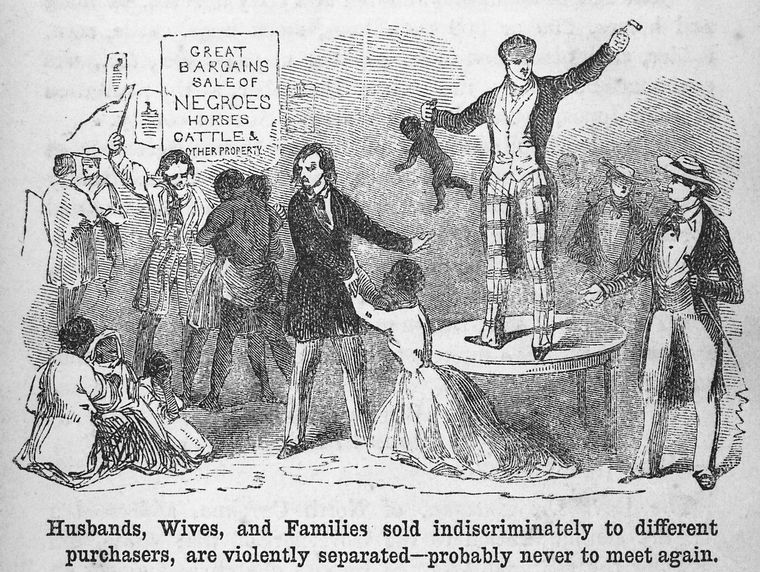This module is for

Mass produced iIllustrations like this exposed the cruelty of slavery and helped to fuel anti-slavery movements in the United States and Europe.
Schomburg Center for Research in Black Culture. 1853.
The New York Public Library Digital Collections
Identity
Media, Power, and Identity
Let’s take a moment to step back in history during the life and times of Frederick Douglass when media consisted of drawings, photographs, art, and the written or spoken word.
How do you think the media of Douglass’ time — newspaper articles including runaway ads, photographs, drawings, books, speeches, oral stories, and other forms of spoken and written communication—influenced how people perceived them and other African Americans of their time?
Examine the primary sources in the slideshow below. Consider how this media shaped public views during the 19th century.
From the past to the present, media has represented the power structure in society. Mass media—various forms of communication used to reach a large group of people—has a particularly strong influence. In Douglass’ time, words and images in newspapers, books, and music were the most prominent form of mass media. They often perpetuated stereotypes of African Americans and communicated the views of the dominant culture, white Americans who were in power. However, mass media also became a significant tool in the anti-slavery movement.
All media, whether intended for a large audience or a single individual, conveys messages. Those who are in control of the media can control the message. Click through the slideshow below and learn how Frederick Douglass and Harriet Tubman used the power of media to define their identities and tell their own story.
The relationship between media, power, and identity is represented in past and present forms of media. Media can be used to spread messages of empowerment and oppression. In spite of the challenges they faced during his life, Douglass used the influence of media to define themselves and to empower people in the fight for freedom and equality.
Consider This
In what ways has the relationship between media, power, and identity changed over time? In what ways has it remained the same?
Keep these questions in mind as you learn how to analyze media and its impact on identity in the next section.





